WEBRip | English | MP4 + PDF Guides | 960 x 540 | AVC ~143 kbps | 29.970 fps
AAC | 128 Kbps | 44.1 KHz | 2 channels | Subs: English (.srt) | 02:32:57 | 431 MB
Genre: eLearning Video / Science, Design, Geo-Spatial
Participants of this course were exposed to the key concepts of geodesign. Geodesign is a proven form of design that uses techniques and practices from a multitude of professions to determine optimal ways to design for complex land use challenges. What happens when creativity and science come together? The power to design our world is unleashed, providing tools to inform choices about how we live! Geodesign is the glue-a process that deploys creativity to connect information to people, using collaboration to better inform how we design our world.
Weekly Change Agents
Geodesign is about bringing forth creative change for a place. What are some of the instigators of change? We call these “Change Agents.” Sometimes Change Agents are positive and sometimes they are not. Either way, addressing the challenge – if the geodesign process is used properly – should bring about desired change in response to that Change Agent. There are of course many different types of Change Agents, in fact the Change Agents featured here are a small subset of Arup- Foresight’s “Drivers of Change.” Every week we will explore one Change Agent, which often has several implications. The “Change Agent” theme for each week also frames the focus for the Case Studies.
• Change Agent for Week 1: Flooding
• Change Agent for Week 2: Infrastructure
• Change Agent for Week 3: Conservation
• Change Agent for Week 4: Sustainable development
• Change Agent for Week 5: Urbanization
Course Structure
This class is comprised of 5 lessons – a new one opens each week. Each lesson includes a main topic lecture video and the written, graphical content of that lecture; two guest lecture videos; change agent cards; exploration of three case study examples, a reading or two and an interactive activity. We hope you will also participate in the discussion forums. There is also a short quiz each week that covers the lectures, change agents and case studies.
An overview of what happens each week, including due dates, is available at the schedule page.
The details regarding the lectures and activities for each week are outlined in the weekly lessons.
Geodesign: Change Your World
Pennsylvania State University with Kelleann Foster
Our world is awash in facts and information, which are now easily accessible. So why are so many bad decisions being made? What is needed is creativity and design that brings those facts to life – to create a vision and choices as well as an understanding about the potential impacts of those choices. The geodesign process has evolved over nearly 40 years and now combines the core concepts of design thinking with the latest in geo-spatial technologies.
Geodesign is a proven form of design that uses techniques and practices from a multitude of professions to determine optimal ways to design for complex land use challenges. It is a collaborative process that capitalizes on the strengths of people with a variety of expertise to create and implement unique models to aid in the design decision-making process.
Our MOOC will introduce the average person to the core concepts of geodesign through real-world examples which showcase how geodesign has worked across the globe. People from all walks of life with interests in science, design, sustainability and environmental stewardship will want to learn about geodesign. Together we will explore how anyone can use the geodesign process to work with others to effect change in their world.
Syllabus
Week One: Shared Languages
The key underpinnings of geodesign include aspects we all share: spatial thinking, creative change, and being rooted in real places.
Week Two: The Three D’s of Geodesign
Decision is the driver but one must also consider Data and Design.
Week Three: The Three C’s of Geodesign
Dealing with tough challenges is the main issue. Imbedded in those are Complexity, Computation, and Collaboration.
Week Four: The Influence of Context
Place matters and is shaped by culture. Who are the people of the place and what scale is best?
Week Five: Process and Framework
The value of a proven process. How to set up a project, outline an approach, understand the options, and get feedback about the impacts.

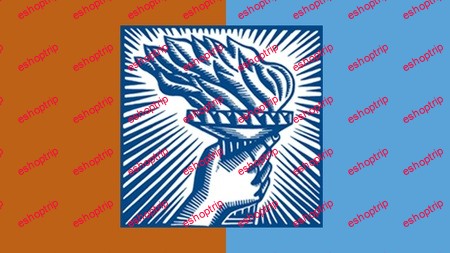
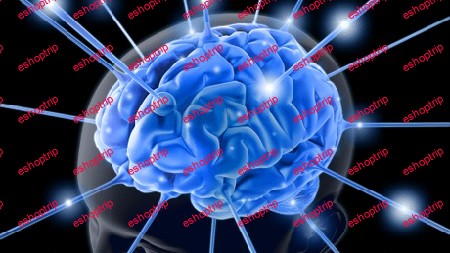
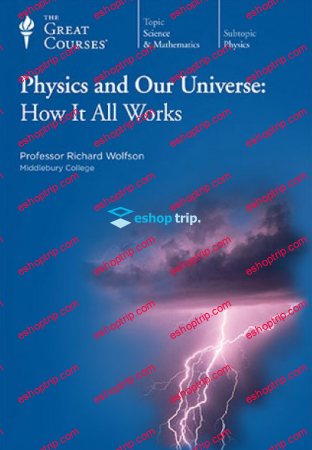
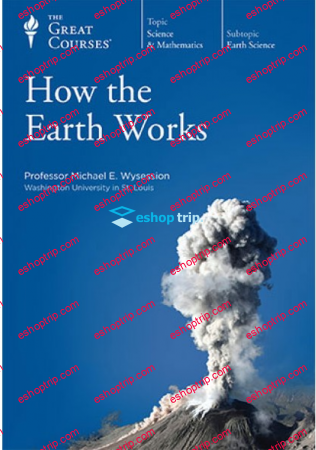
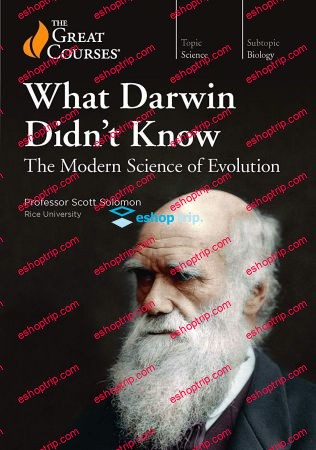
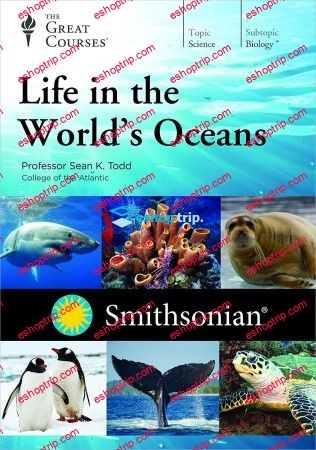
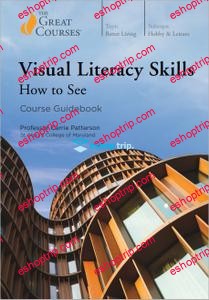
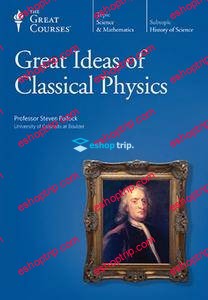

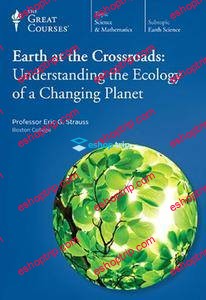
Reviews
There are no reviews yet.